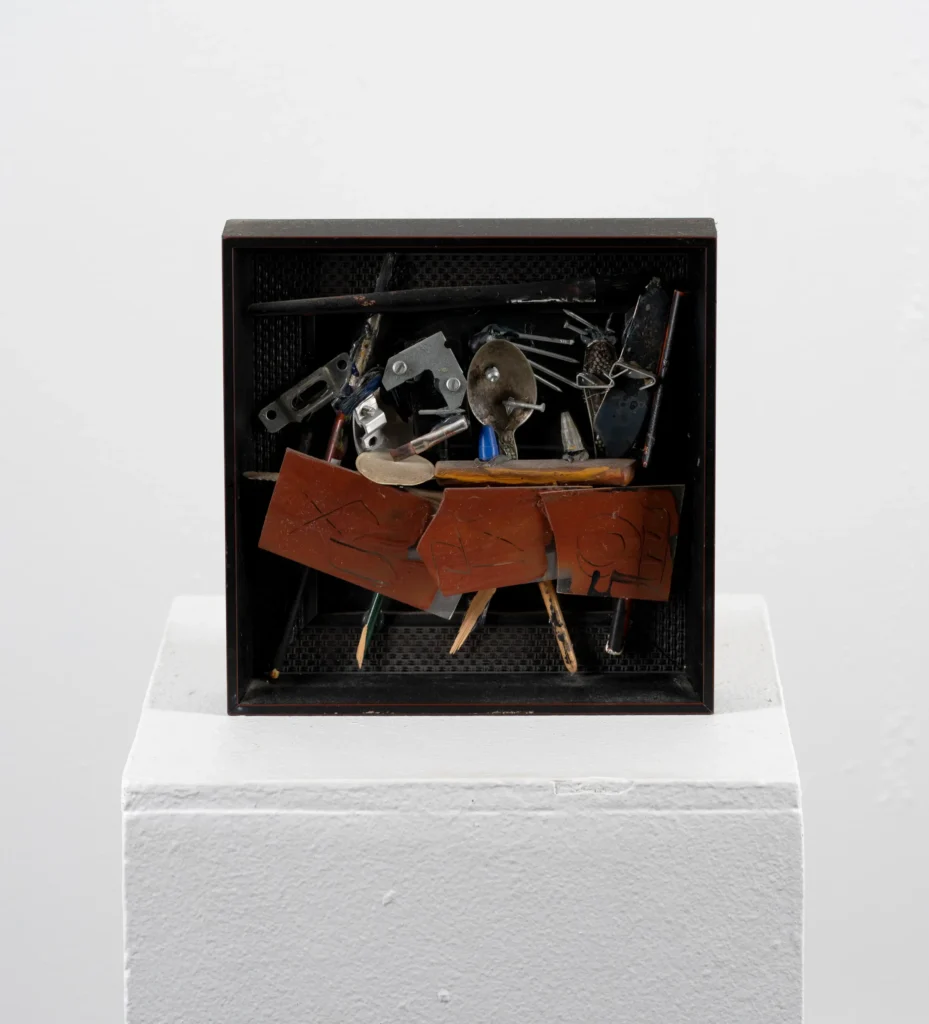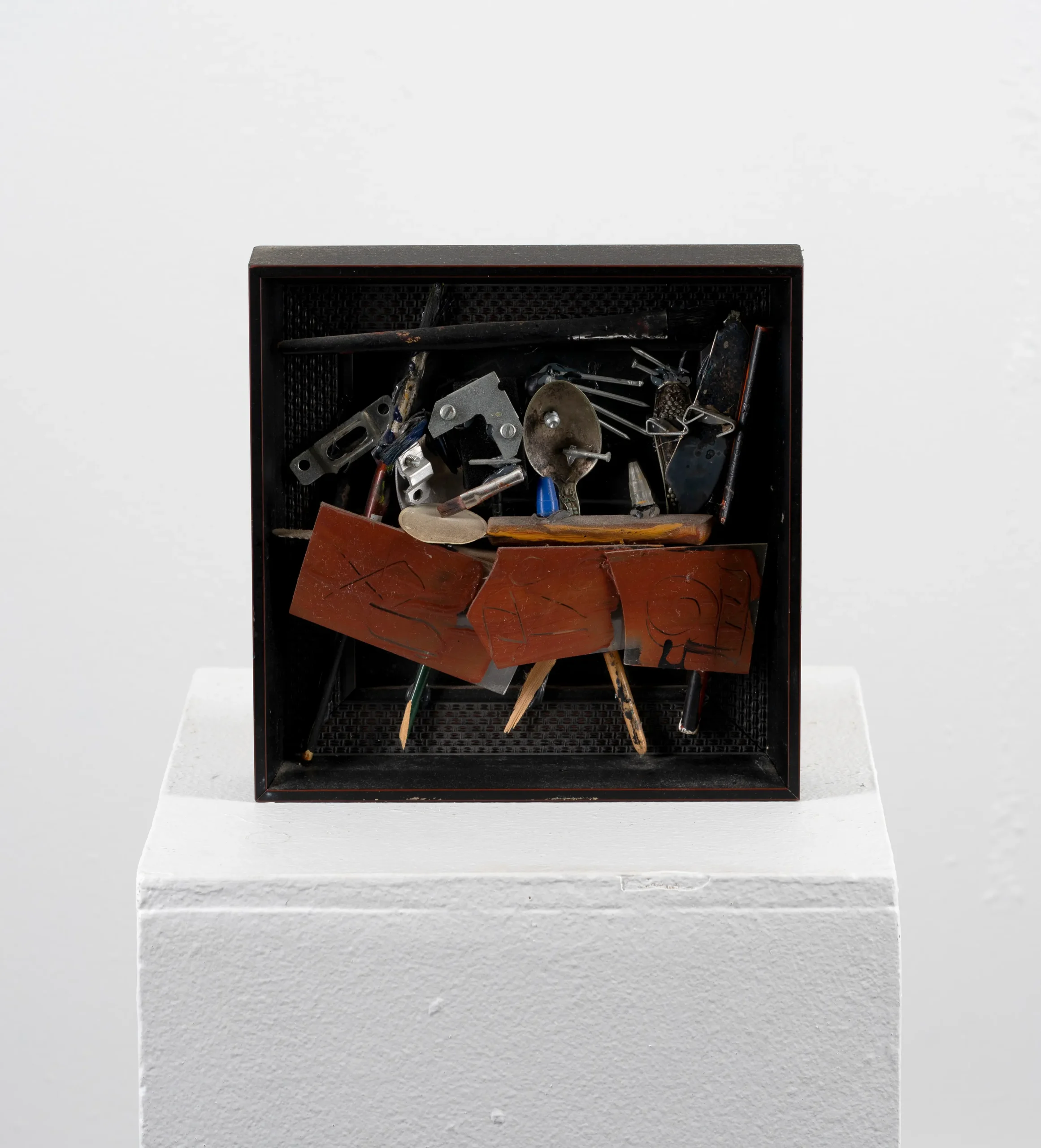ReSOURCE
Artists

Dale Washington
Los Angeles born multidisciplinary artist Dale Washington (1962-2020) knew he would be an artist at the age of six. Raised in foster care on the South Side of Chicago, Washington went to Columbus College of Art and Design in Columbus, Ohio and graduated with a bachelor’s degree in advertising in 1986. He fostered his creative practice by taking classes at Columbia College and eventually taught in Chicago Public Schools, the Hyde Park Art Center, and Catalyst Charter School After School Program. In his work, he creatively fused pen, ink, oil, acrylic, watercolor, and mixed media to portray ordinary people in ordinary urban landscapes through figuration and abstraction to capture the essence of his subjects’ life and spirit. Washington spent a significant amount of time in Portland, Oregon, where he created a series of works called the “Portland Years” while he was unhoused to chronicle his personal journey in finding home. In 2017, these works were shared in a solo exhibition called Dale Washington: Finding Home The Portland Years at ArtReach Gallery in Portland. In the summer of 2024, his son, Messejah Washington, along with Makeba Kedem-DuBose, and Marci Rubin, curated an exhibition celebrating the breadth of his work selected from private collections across the city.


